
What will American cities look like in the year 2525? It may be hard to imagine, but the foundations are already being laid. These 20 predictions, generated by ChatGPT, explore how U.S. cities could transform over the centuries in ways we’re only beginning to understand.
Vertical And Subterranean Cities Might Replace Traditional Sprawl
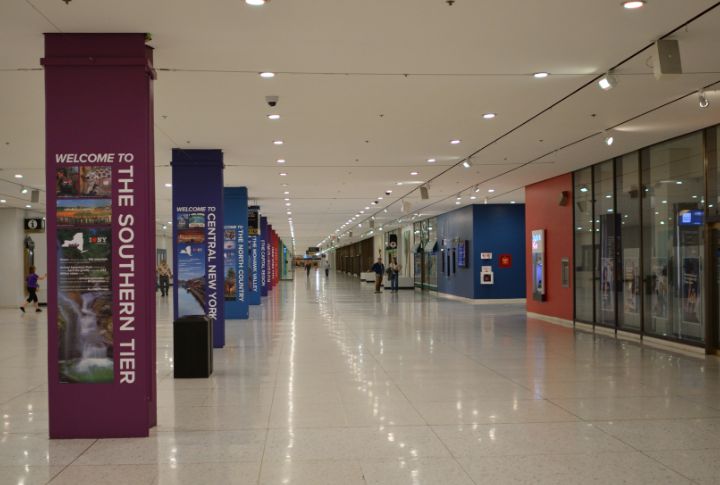
Moving away from horizontal expansion, cities are expected to rise vertically and extend deep below the surface to maximize limited space. Just picture yourself walking through a quiet park suspended mid-altitude while everyday activities run beneath your feet.
Cars And Roads Might Not Exist

Cars on the road could fade out as modes of transportation, replaced by faster systems like air taxis and hyperloops. As a result, gridlock will disappear, and cities will begin to reclaim space long eaten up by traffic lanes and stalled flow.
Governance May Shift To Decentralized Digital Networks

Remarkable growth in software capability could soon enable regulations to be enforced without human oversight. Once decentralized systems are fully embedded, civic operations will proceed smoothly and will no longer be tied to government intervention in day-to-day matters.
Virtual Spaces Could Dominate Social Activities
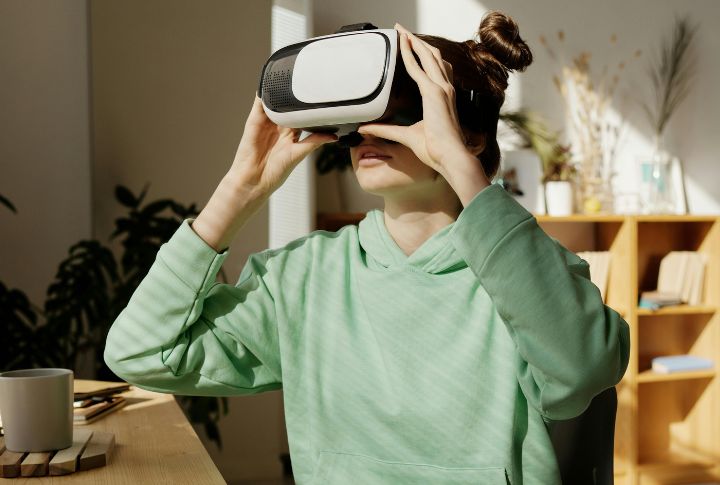
We might have neural interfaces that connect people across vast distances, enabling face-to-face meetings without travel. You may reside in a real city while your best friend stays 3,000 miles away, yet you’ll still meet every morning.
Cities May Be Energy Self-Sufficient And Climate Adaptive
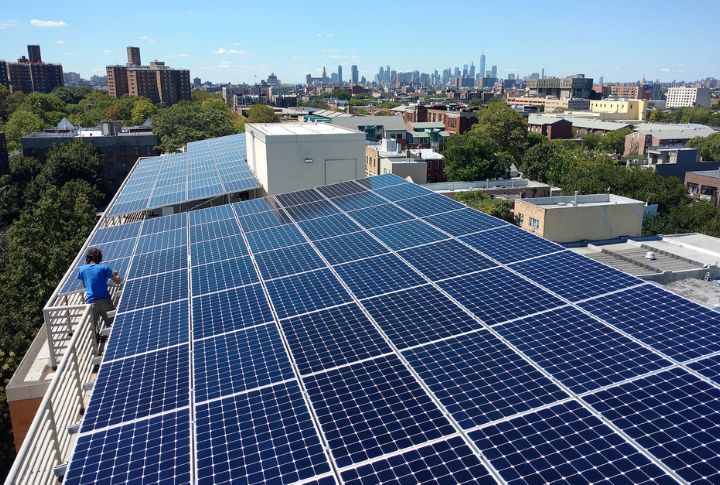
As cities evolve, their structures are likely to become active and start thinking for themselves. In fact, a building’s power might come from within itself, enabling repairs that begin the moment something goes wrong, all without any outside help.
Farms Could Become Integral Parts Of A Building’s Design
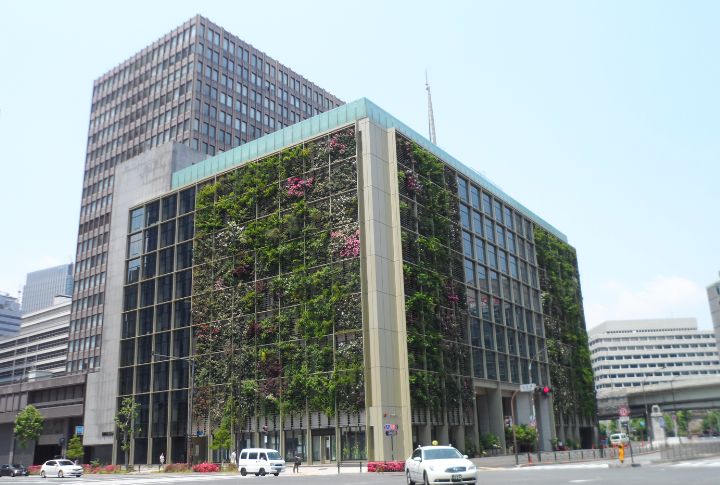
Boundaries between living space and food sources may completely vanish as skyscrapers evolve to include vertical farms alongside housing. The cultivation of fruits, vegetables, lab-grown proteins, etc., using recycled wastewater will likely rewrite the rules of survival.
Automated Basic Services Might Redefine Urban Welfare
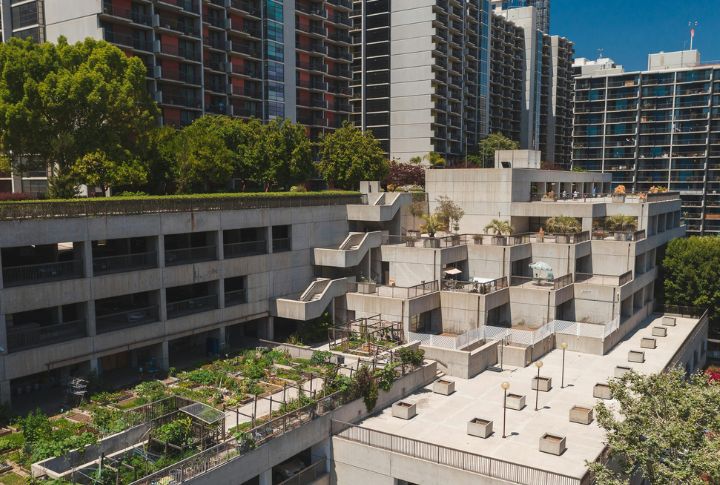
AI may become advanced enough to track the city’s pulse and respond through identity-secured channels without any formal requests. With human error out of the way, a new system might take control, one that moves swiftly and remembers every need.
The Definition Of Surveillance Could Change

It is possible that the right to remain private will supersede the right to know. As AI prospers, individuals might just be able to see exactly what data is collected from their devices, thus creating accountability for government and private organizations.
Coastal Retreat May Spark Inland Mega-City Growth
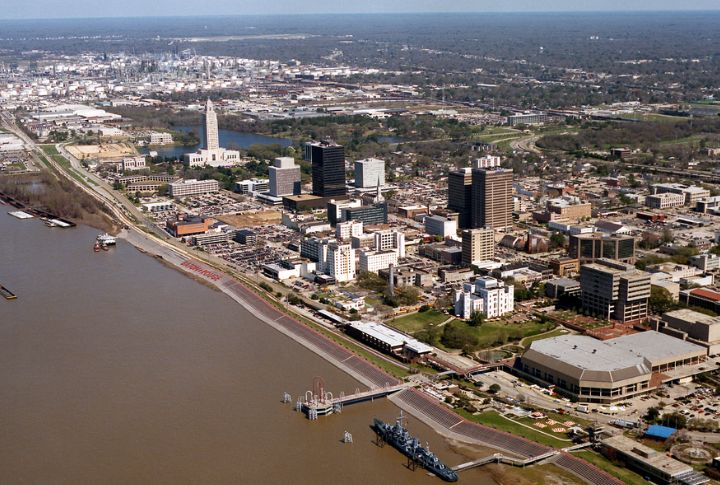
Flood-prone coastal cities are likely to face steady population loss as climate change intensifies. As a result, inland regions could grow quickly and transform into sprawling urban centers with advanced infrastructure. Meanwhile, former coastal communities serve as zones for long-term climate adaptation efforts.
Neural Network Urbanism

A direct link between the mind and the systems may allow residents to trigger actions based on their thoughts. For example, when crowds feel anxious, public spaces might adjust the surroundings with calming colors and relaxing sounds to ease tension.
City Access Controlled Through Directed Movement Zones
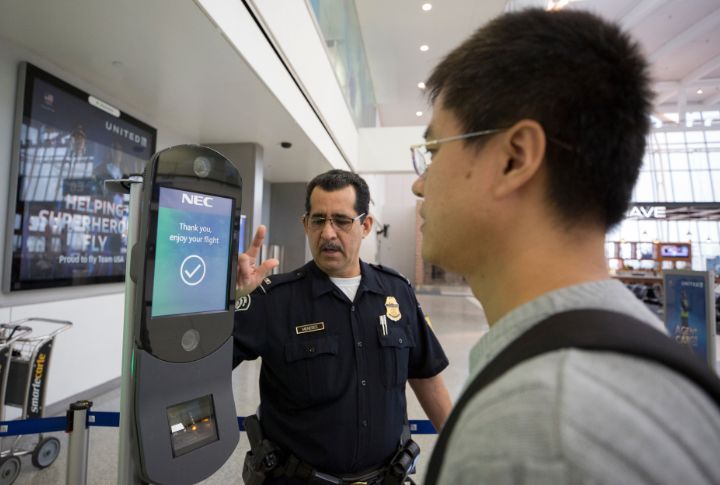
Different regions of a city could open or close to individuals based on shifting conditions, like urban density or ecological needs, by using biometric scans. As a result, traditional keys and ID cards are likely to no longer play a role in urban mobility.
The U.S. Might Adjust As Many Depart For Space
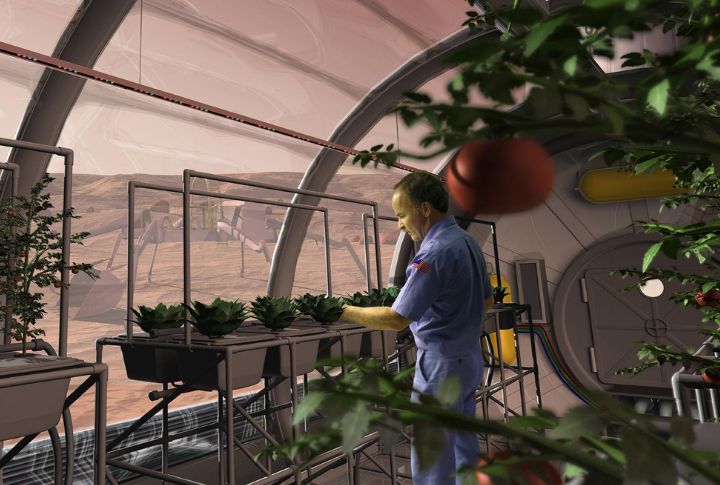
As Americans establish homes on other planets, the civilization on Earth could experience a population decline. Because of this, demands on infrastructure and housing might ease, and cities may reinvent themselves to support a higher quality of life.
Future Devices Could Become A Part Of Us
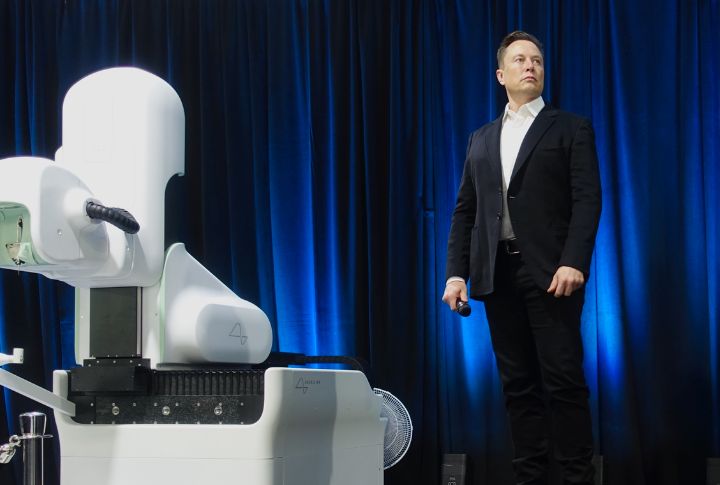
Imagine a scenario where there are no screens to maneuver and no keyboards to tap. A single blink could pull information forward, while thought alone directs its path. What once sat in pockets is likely to hide beneath skin and muscle, operating quietly in the background until the mind says stop.
Biometric Nutrition Systems May Tailor Food At The Source

Will your own biology be able to decide what ends up on your plate? Possibly. Personal signals could transmit directly to smart systems that interpret your body’s needs in real-time, suggesting nutrition perfectly tailored to you.
End-Of-Life Care Could Become Automated

Once a human body’s decline is confirmed, AI systems may activate support in timed phases, quietly and accurately. Every requirement, starting from the transition to the final administrative closure, might be handled swiftly and without confusion.
Education Might Evolve Into Lifelong Adaptive Microlearning

Learning could replace schools and colleges with ongoing, personalized development that adjusts quietly in the background, driven by each resident’s evolving path. It’s possible that education will become a constant layer of daily experience, no longer separated from the flow of ordinary life.
Use Of Resources Might Be Capped Under Global Sustainability Rules
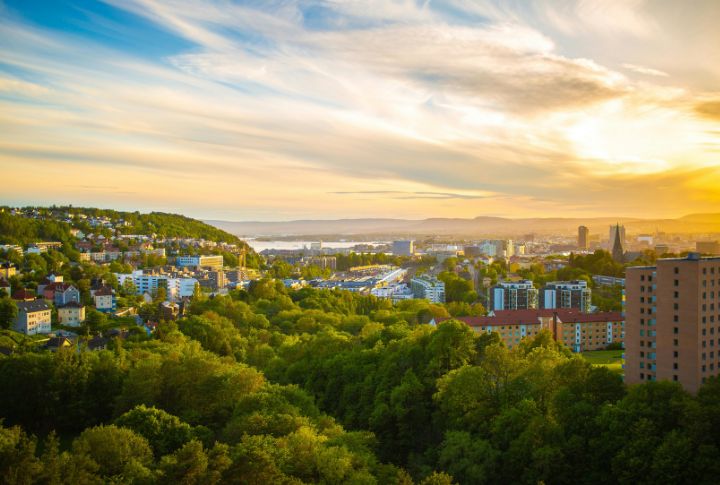
No resource use may proceed without accounting for its impact. Each city might track its own usage limits and adapt its functions based on how close that line is. Even when pressure rises, operations are likely to pause, no matter what, to protect stability and planetary survival first.
Cognition-Based Currency May Replace Traditional Money
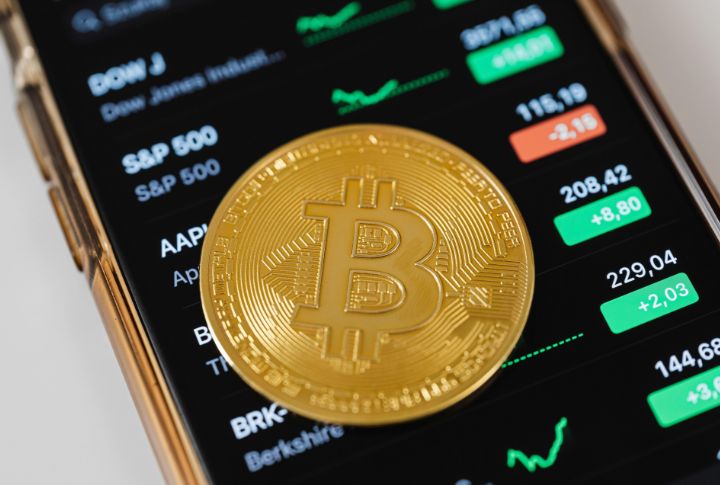
As artificial intelligence, brain-computer interfaces, and blockchain technologies advance, human intentions and even ethical alignment may become measurable and transferable. In such a world, a person’s reputation or contributions could carry more transactional weight than dollars or digital coins.
Citizenship Might Include Digital Behavior Ratings

An evolving profile could define who qualifies: status may no longer depend solely on paperwork but on actions across public systems and digital networks. Behavior may feed a live score influencing access and civic participation, while a legal path may remain for challenging errors or unfair restrictions.
Smart Migration Corridors Are Likely To Direct Future Population Shifts
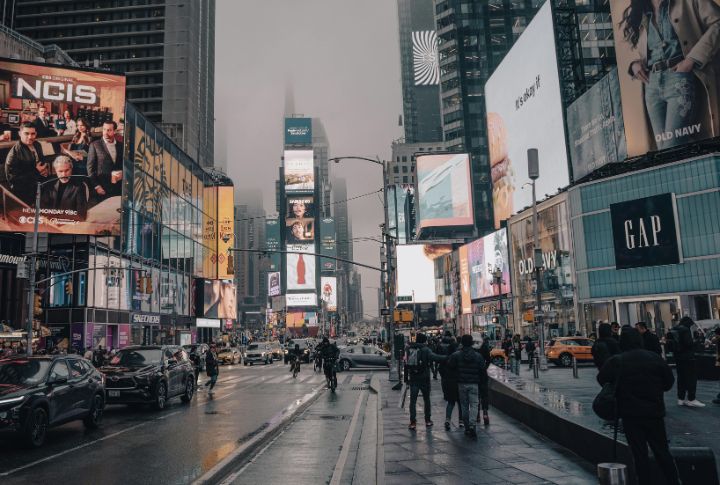
Even relocation may follow logic now, with cities harboring their own intelligence. Movement might be decided according to ecological factors and regional planning goals. People could no longer choose blindly, as cities themselves decide where growth continues and which areas wait to recover from stress or decline.

